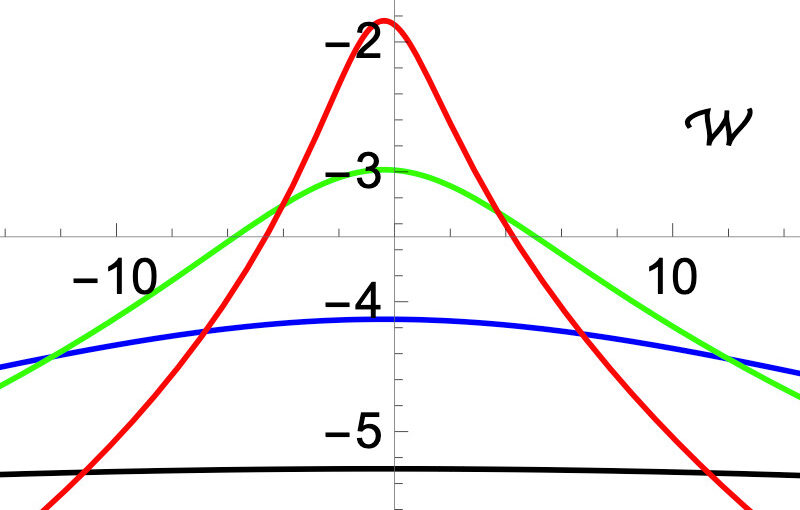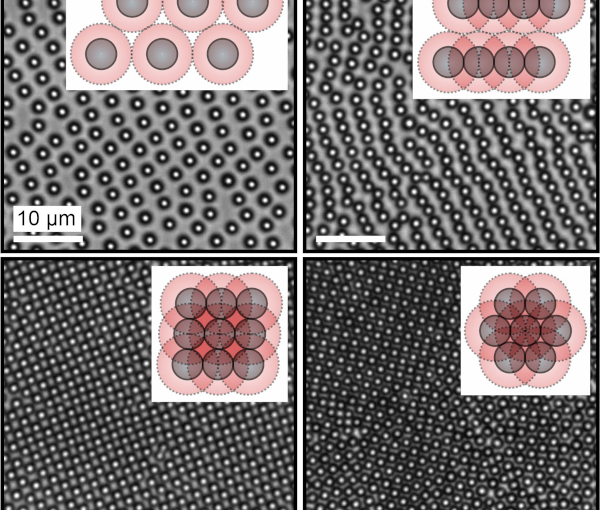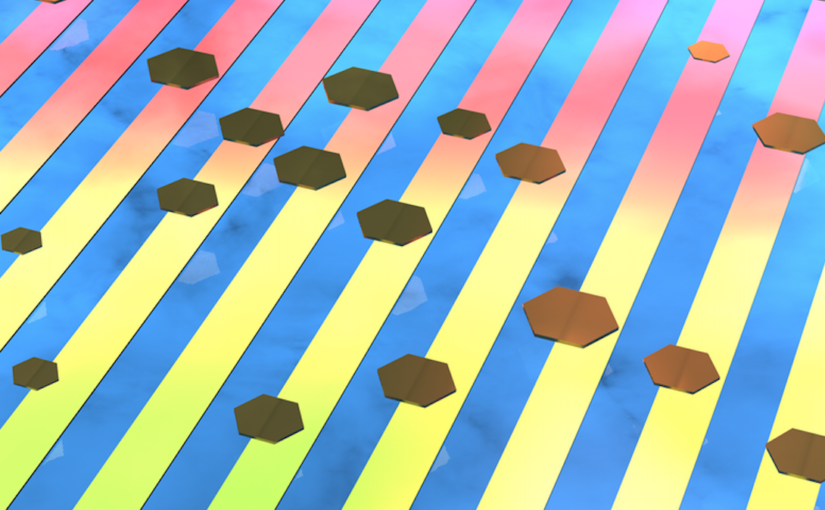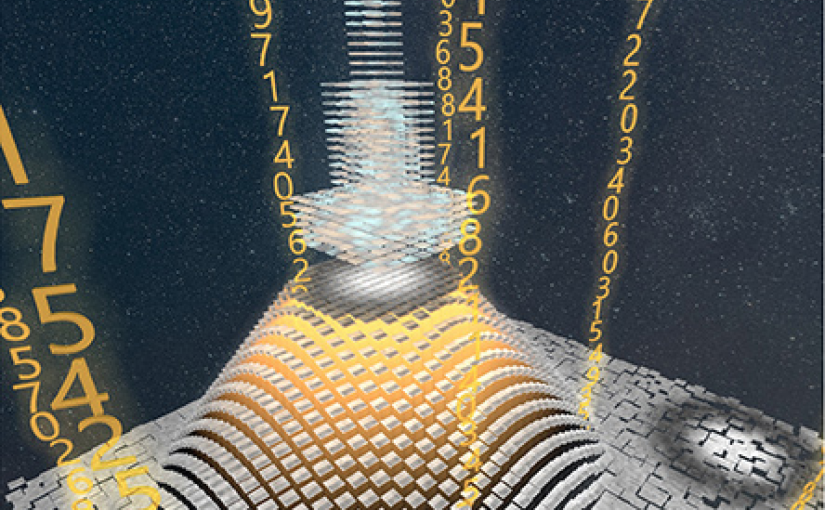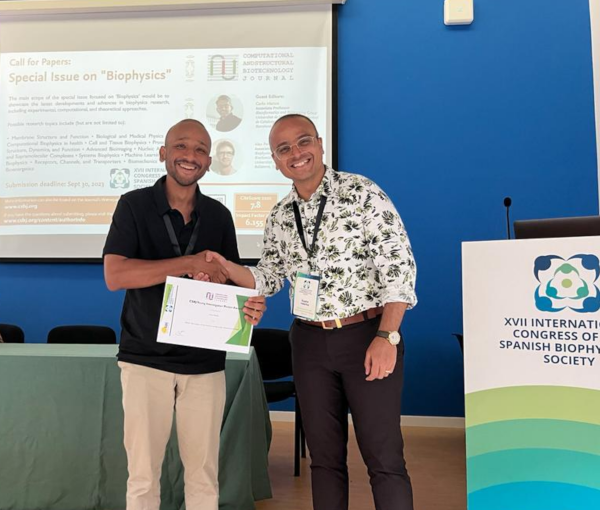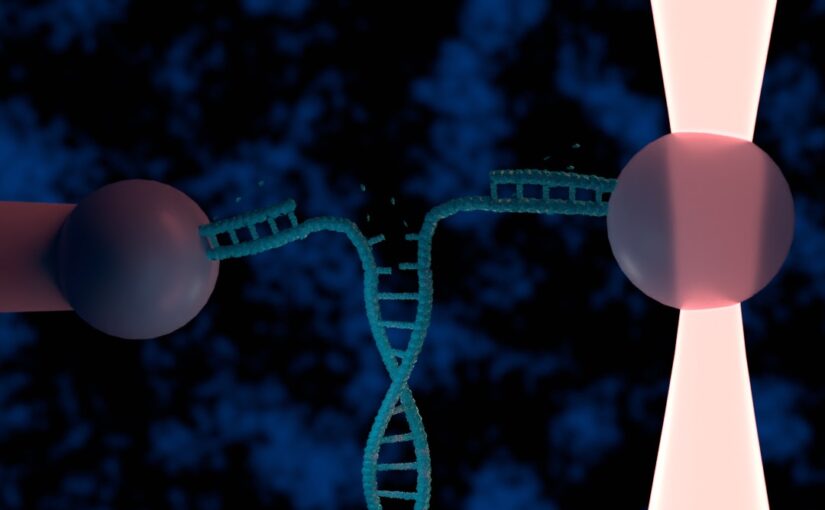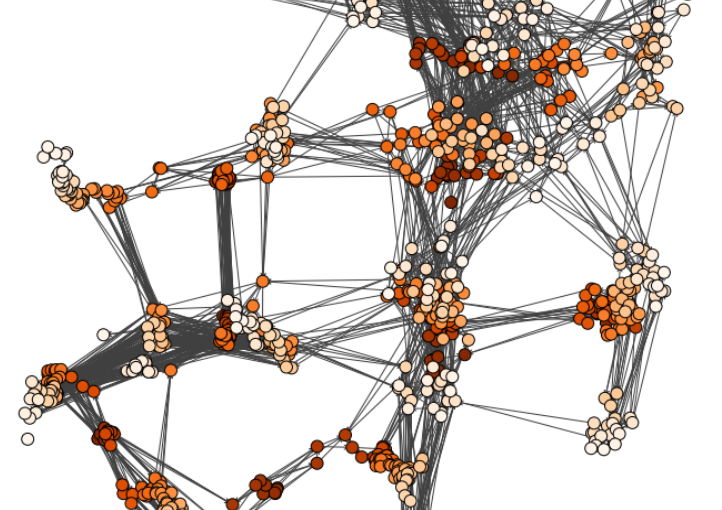Artificial Intelligence for particle detection and tracking
Giovanni Volpe
Virtual talk at AMR-Educate Workshop, 13-14 July 2023
News
Destructive effect of fluctuations on the performance of a Brownian gyrator on ArXiv
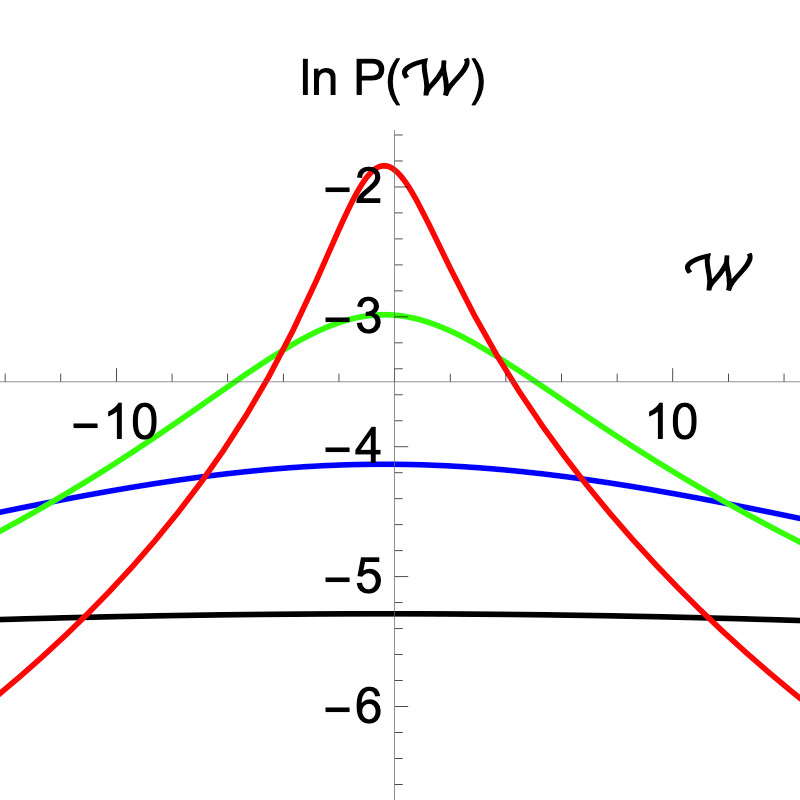
Pascal Viot, Aykut Argun, Giovanni Volpe, Alberto Imparato, Lamberto Rondoni, Gleb Oshanin
arxiv: 2307.05248
The Brownian gyrator (BG) is a minimal model of a nano-engine performing a rotational motion, judging solely upon the fact that in non-equilibrium conditions its torque, angular momentum L and angular velocity W have non-zero mean values. For a time-discretized model, we calculate the previously unknown probability density functions (PDFs) of L and W. We find that when the time-step δt → 0, both PDFs converge to uniform distributions with diverging variances. For finite δt, the PDF of L has exponential tails and all moments, but its noise-to-signal ratio is generically much bigger than 1. The PDF of W exhibits heavy power-law tails and its mean W is the only existing moment. The BG is therefore not an engine in common sense: it does not exhibit regular rotations on each run and its fluctuations are not only a minor nuisance.
Our theoretical predictions are confirmed by numerical simulations and experimental data. We discuss some improvements of the model which may result in a more systematic behavior.
Invited talk by M. Rey at the University of Manchester, 20 July, 2023
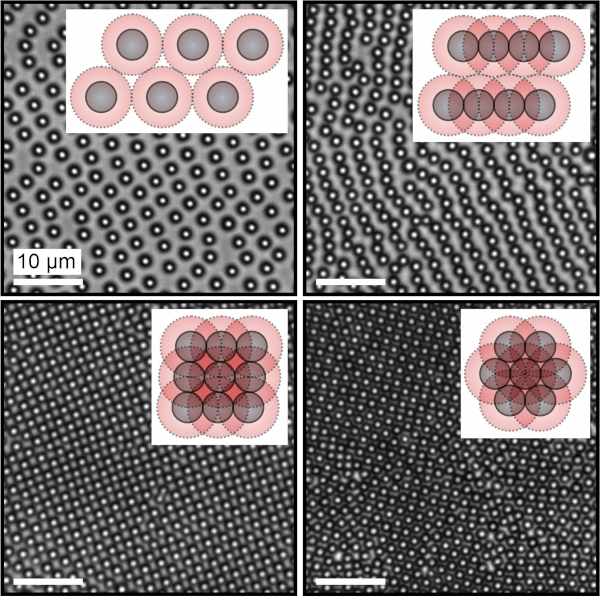
Marcel Rey
Presentation for the School of Materials at the University of Manchester
Date: 20 July 2023
In this seminar, I will talk about complex self-assembly behaviour of simple building blocks. Afterwards, I will introduce a simple yet versatile strategy to overcome the coffee ring effect and obtain homogeneous drying of particle dispersions.
Spherical colloidal particles confined at liquid interfaces typically self-assemble into hexagonal packing. Here, I will show that much more complex self-assembly behaviour is possible spherical particles with a hard-core / soft-shell architecture. Upon compression, these core-shell particles transition from a hexagonal packing to a chain packing, then to a square packing and finally to a hexagonal close packing. I will rationalize these experimental observations with calculations and simulations using simple core-shell potentials.
After spilling coffee, a tell-tale circular stain is left by the drying droplet. This universal phenomenon, known as the “coffee ring effect”, is observed independent of the suspended material. We recently developed a simple yet versatile strategy to achieve homogeneous drying of dispersed particles. Modifying the particle surface with surface-active polymers provides enhanced steric stabilization and facilitates adsorption to the liquid/air interface which, after drying, leads to uniform particle deposition. This method is independent of particle size and shape and applicable to a variety of commercial pigment particles promising applications in daily life.
Poster presentation by M. Rey at DINAMO Svolvaer, Norway, 13 June 2023
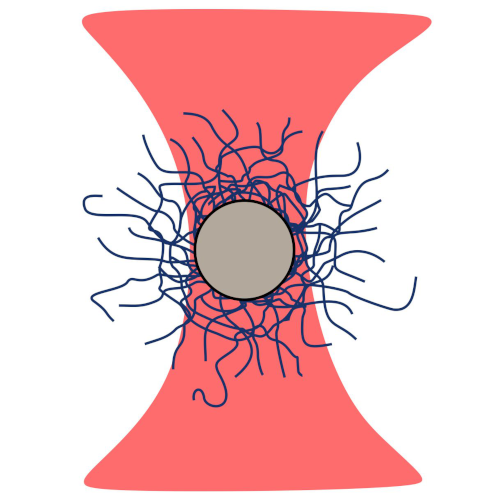
Marcel Rey,
DINAMO 2023
Date: 13 June 2023
Time: 19:00 (CET)
Soft microgels are ideal model systems due to their ability to deform and adapt their shape upon external stimuli. Here, we use optical tweezers to measure the diffusion of soft core-shell microgels. We report an anomalous, subdiffusive behaviour, which may be linked to the multiple length scales present within core-shell microgels.
Invited Talk by A. Callegari at PIERS 2023, Prague, 3 July 2023

Agnese Callegari
PIERS 2023, Prague, Czech Republic
3 July 2023, 09:40
Casimir forces in quantum electrodynamics emerge between microscopic metallic objects because of the confinement of the vacuum electromagnetic fluctuations occurring even at zero temperature. Their generalization at finite temperature and in material media are referred to as Casimir–Lifshitz forces. These forces are typically attractive, leading to the widespread problem of stiction between the metallic parts of micro- and nanodevices. Recently, repulsive Casimir forces have been experimentally realized but their reliance on specialized materials prevents their dynamic control and thus limits their further applicability. Here, we experimentally demonstrate that repulsive critical Casimir forces, which emerge in a critical binary liquid mixture upon approaching the critical temperature, can be used to actively control microscopic and nanoscopic objects with nanometer precision. We demonstrate this by using critical Casimir forces to prevent the stiction caused by the Casimir–Lifshitz forces. We study a microscopic gold flake above a flat gold-coated substrate immersed in a critical mixture. Far from the critical temperature, stiction occurs because of dominant Casimir–Lifshitz forces. Upon approaching the critical temperature, however, we observe the emergence of repulsive critical Casimir forces that are sufficiently strong to counteract stiction. Our method provides a novel way of controlling the distances of micro- and nanostructures using tunable critical Casimir forces to counteract forces such as the Casimir–Lifshitz force, thereby preventing stiction and device failure. Due to the simplicity of our design the concept can be adapted to already existing MEMS and NEMS. Moreover, this path opens new possibilities for the dynamic control of MEMS and NEMS where the temperature of the system could be controlled via light illumination, enabling faster transitions and higher selectivity for a new generation of the micromembranes that are found ubiquitously in MEMS and NEMS devices.
References
Falko Schmidt, Agnese Callegari, Abdallah Daddi-Moussa-Ider, Battulga Munkhbat, Ruggero Verre, Timur Shegai, Mikael Käll, Hartmut Löwen, Andrea Gambassi and Giovanni Volpe, Tunable critical Casimir forces counteract Casimir-Lifshitz attraction,
Nature Physics 19, 271-278 (2023)
Invited Lecture by G. Volpe at PSL Soft and Active Matter Days 2023, Paris, 3 July 2023
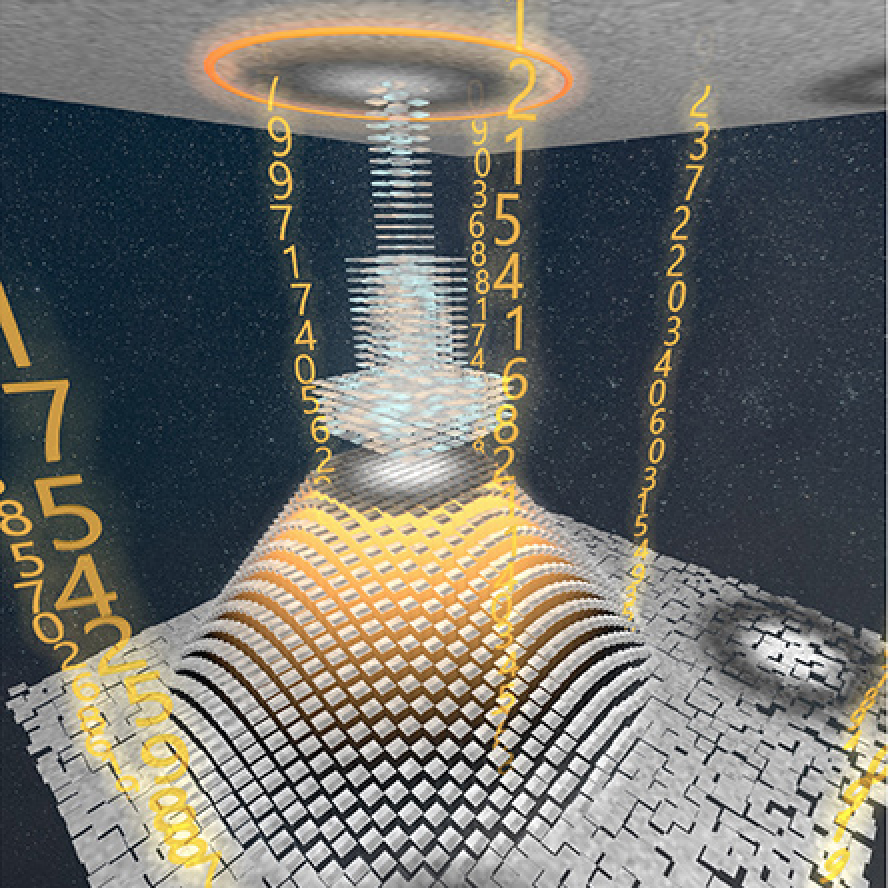
Giovanni Volpe
PSL Soft and Active Matter Days 2023, Paris, France
Date: 3 July 2023
J. Pineda was awarded the Young Investigator Poster Award at the XVII International Congress of the Spanish Biophysical Society, Castelldefels, 30 Jun 2023
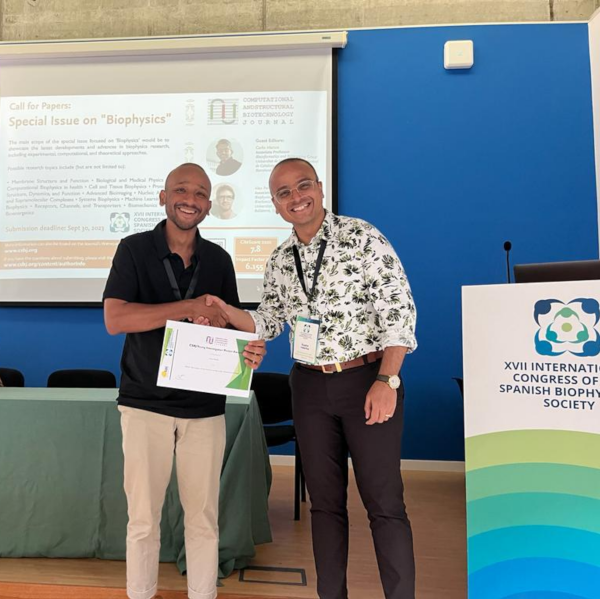
Here the link to the poster.
Presentation by M. Selin at SBE congress, 30 June 2023
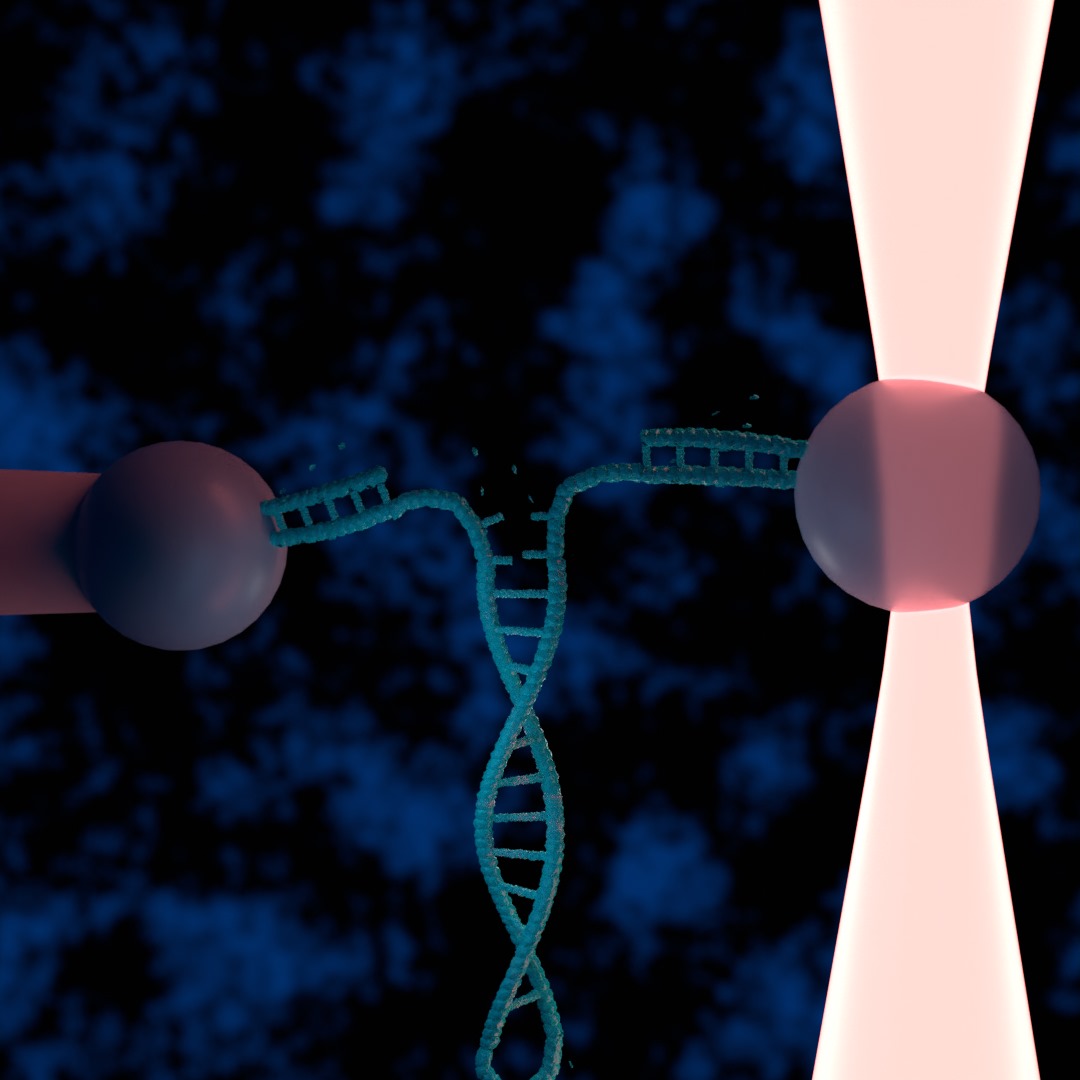
Martin Selin
30 June 2023, 13:00 CEST
Optical tweezers are powerful tools for manipulating and studying the mechanical properties of single biomolecules, such as DNA. However, conducting such experiments manually is both time-consuming and labor-intensive limiting the amount of data collectable. In this work, we present a method to automate optical tweezers with the use of deep learning applying it to DNA pulling experiments.
A typical DNA pulling experiment can be divided into three main steps, each of which we have automated. The first is positioning of a bead in a micropipette(or secondary optical trap), second is connecting DNA of a another optically trapped bead with the bead in the micropipette and lastly the stretching of the DNA by moving the trapped bead while monitoring the force.
We have used deep learning, in particular a unet, to track beads and identify important features in the sample such as the micropipette. Combining this with realtime feedback allows the system to both trap beads and carefully position trap beads.
We demonstrate the viability of our method by stretching lambda DNA, showing human like reliability in performing the experiments. We expect our method to find use in the study of small biomolecules enabling more and faster data collection as well as longer running experiments.
Presentation by J. Pineda at the XVII International Congress of the Spanish Biophysical Society, Castelldefels, 30 June 2023
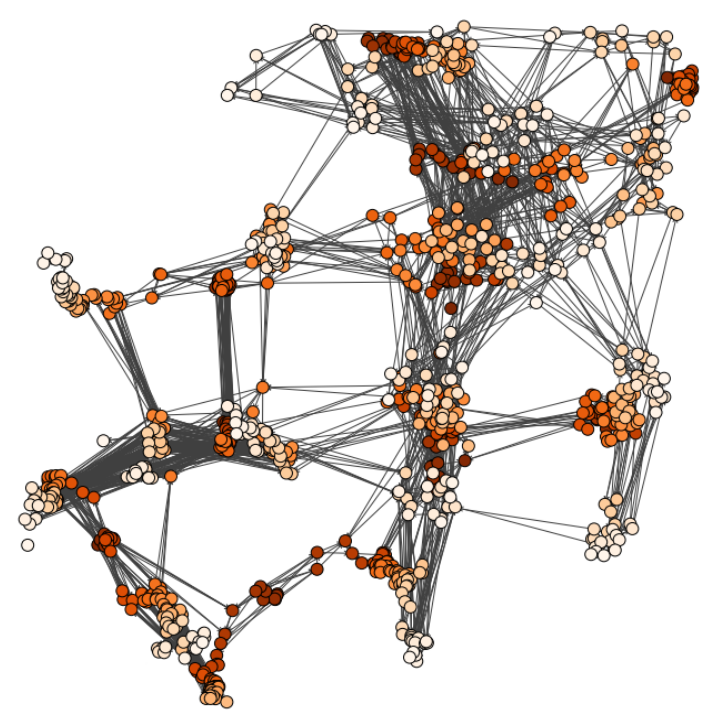
Jesús Pineda
Characterizing dynamic processes in living systems provides essential information for advancing our understanding of life processes in health and diseases and for developing new technologies and treatments. In the past two decades, optical microscopy has undergone significant developments, enabling us to study the motion of cells, organelles, and individual molecules with unprecedented detail at various scales in space and time. However, analyzing the dynamic processes that occur in complex and crowded environments remains a challenge. This work introduces MAGIK, a deep-learning framework for the analysis of biological system dynamics from time-lapse microscopy. MAGIK models the movement and interactions of particles through a directed graph where nodes represent detections and edges connect spatiotemporally close nodes. The framework utilizes an attention-based graph neural network (GNN) to process the graph and modulate the strength of associations between its elements, enabling MAGIK to derive insights into the dynamics of the systems. MAGIK provides a key enabling technology to estimate any dynamic aspect of the particles, from reconstructing their trajectories to inferring local and global dynamics. We demonstrate the flexibility and reliability of the framework by applying it to real and simulated data corresponding to a broad range of biological experiments.
Date: 30 June 2023
Time: 12:30
Event: XVII International Congress of the Spanish Biophysical Society
Invited Talk by G. Volpe at XVII Congress of the Spanish Biophysical Society, Castelldefels, Spain, 30 June 2023

Giovanni Volpe
XVII Congress of the Spanish Biophysical Society, Castelldefels, Spain, 30 June 2023
Date: 30 June 2023
Time: 11:00
